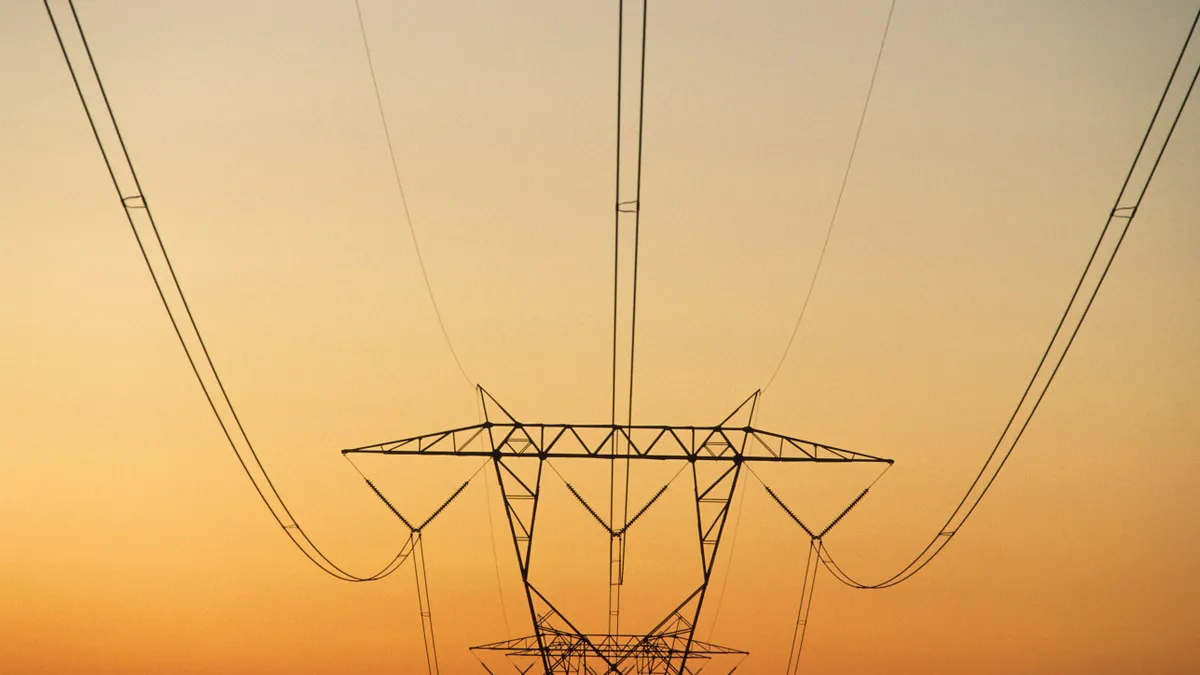Dive Brief:
- Community-level support will play a key role in building transmission projects, but work will be needed to win that support, said DSD Renewables’ Head of Policy Pari Kasotia.
- Much like clean energy projects, transmission projects can impact a community’s aesthetics and property values. But one solution is educating community members about the benefits they’ll see from the project – such as increased grid reliability.
- Transmission developers can provide additional benefits, like driving local job creation or offering the community a stake in the project, said Advanced Energy United.
Dive Insight:
As clean energy production ramps up, transmission reform is becoming a major priority for the renewables industry. Tens of thousands of megawatts of wind and solar capacity are in the interconnection queue, waiting to be able to connect to the grid.
The debt ceiling agreement reached by Congress and the White House earlier this month contained reforms to permitting, but not transmission. It instead requires the North American Electric Reliability Corp., or NERC, to study interregional transmission capacity needs between regions over 18 months.
“That will take time, it will take at least two years for that study to be completed,” Kasotia said in an interview. “So, personally, I do believe it's going to delay meaningful action on transmission reform. I felt it was not a genuine request to address the transmission understanding or transmission knowledge that congressional members don't have.”
Siting and zoning projects are local by nature, giving significant weight to grassroots educational efforts, she said.
“The more we can convince local jurisdictions of the benefits of clean energy for their communities, the more likely they're going to tell their congressional leaders to push for clean energy policies that will benefit their communities,” Kasotia said.
A recent report from Columbia Law School found 228 local restrictions blocked renewables projects across 35 states, and 293 projects faced “significant opposition” in 45 states. Residential opposition to a proposed solar farm in Colorado’s Pueblo County cited its potential to impede their views of wildlife and reduce property values, and the project was ultimately blocked by county officials.
Some transmission developers have found innovative ways to garner community support, said Advanced Energy United’s Transmission Campaign Director Verna Mandez. In 2021, Southern California Edison collaborated with the Morongo Band of Mission Indians to upgrade transmission lines that crossed their reservation, with Morongo financing part of the project and becoming a part-owner in exchange.
In a release announcing the partnership, the tribe said it was the first Native American tribe in the U.S. to become a participating transmission owner. The California Independent System Operator had earlier that year approved Morongo’s application to join, with the Federal Energy Regulatory Commission following suit to finalize the tribe’s status as a transmission operator.
“Congressional discussions are critical, yet states across the country should be the catalyst for change,” Mandez said in an interview. “States have the power to create a more reliable and secure clean energy grid through the development of transmission infrastructure.”
Kasotia said siting and zoning energy projects in underserved communities often come with “historical baggage,” but said she believes the Biden administration is “genuinely” trying to overcome those barriers and ensure an equal allocation of benefits with initiatives like Justice40.
“I do see that happening through the multiple efforts and initiatives that they have, and obviously, time will tell how effective they are,” she said.















